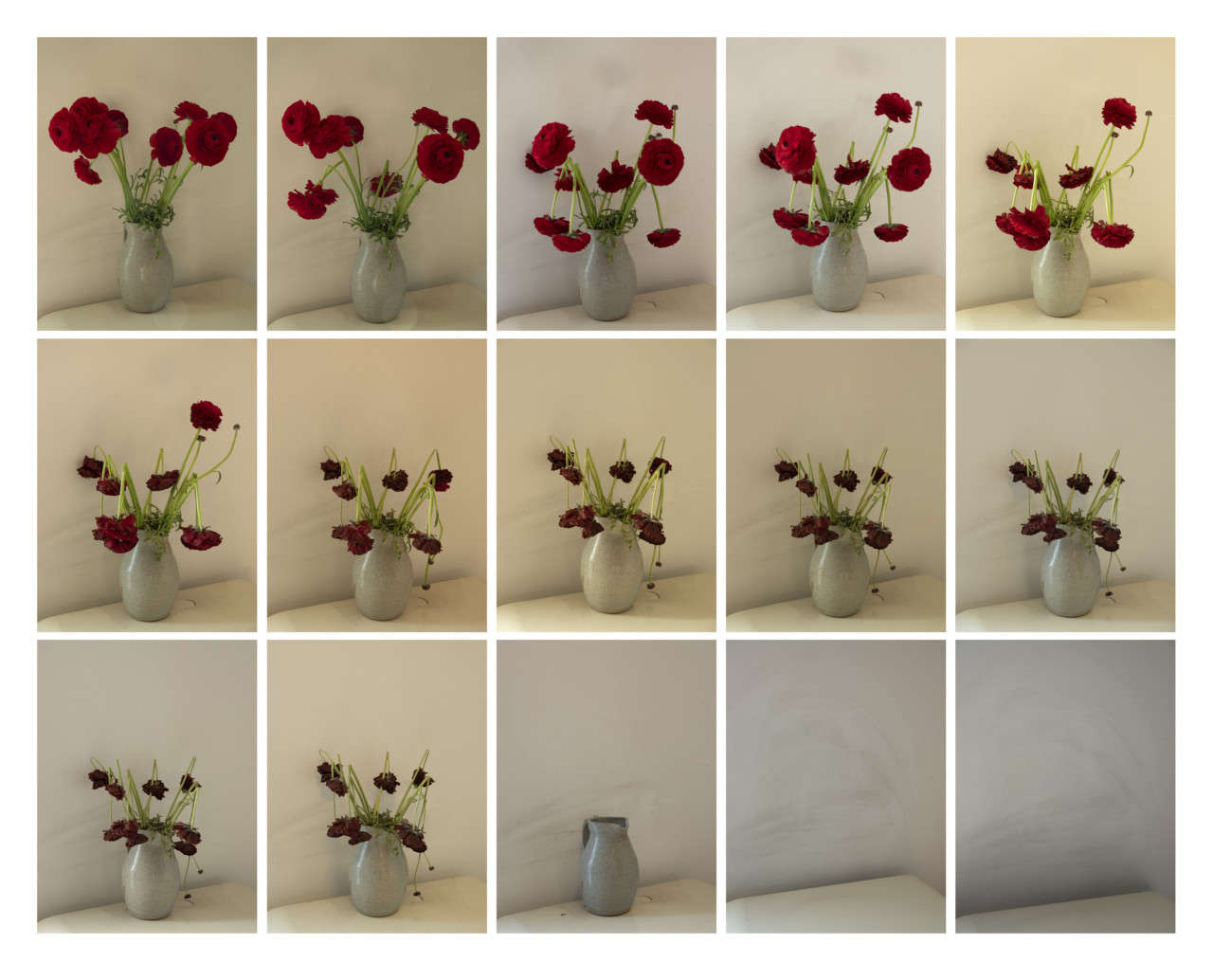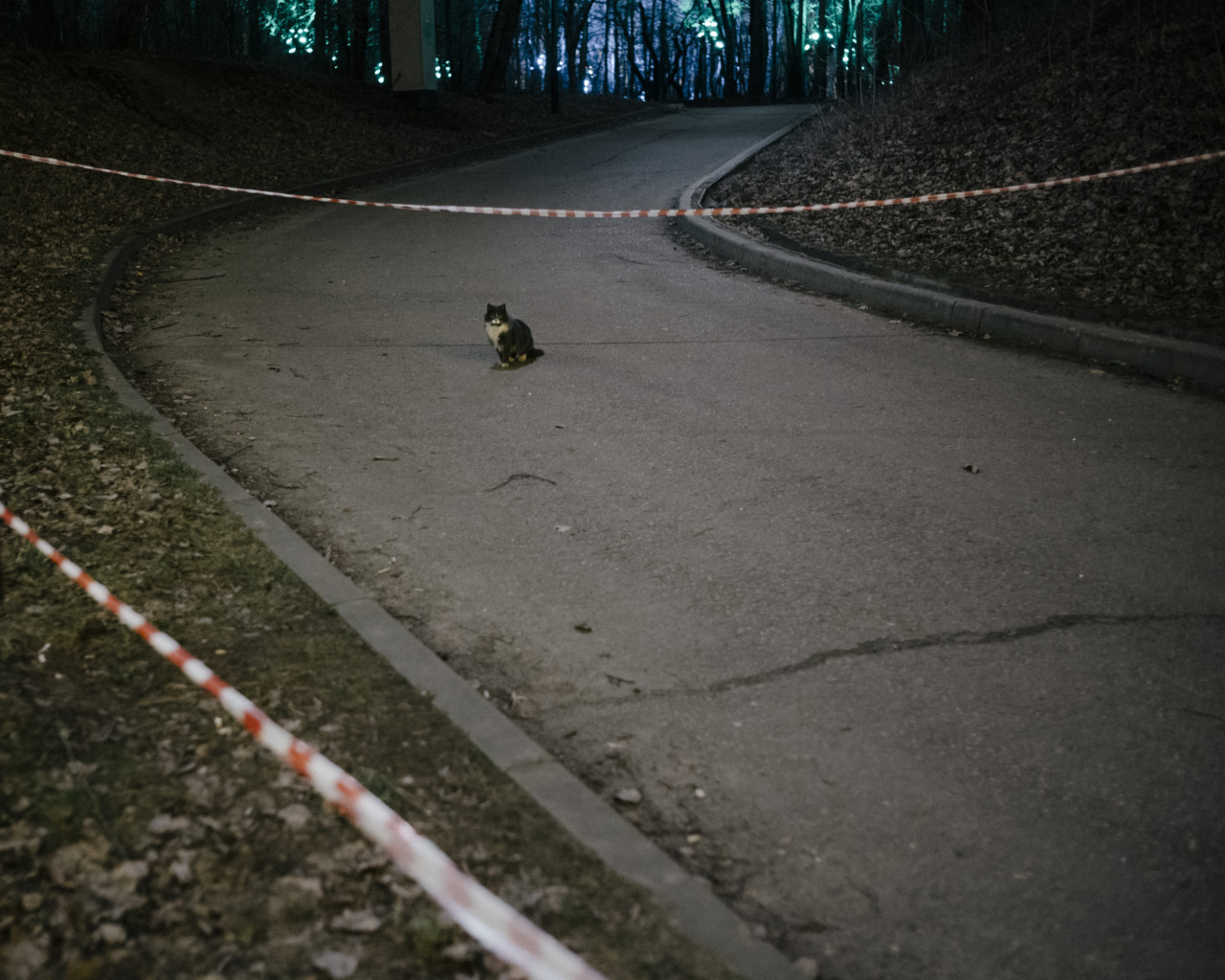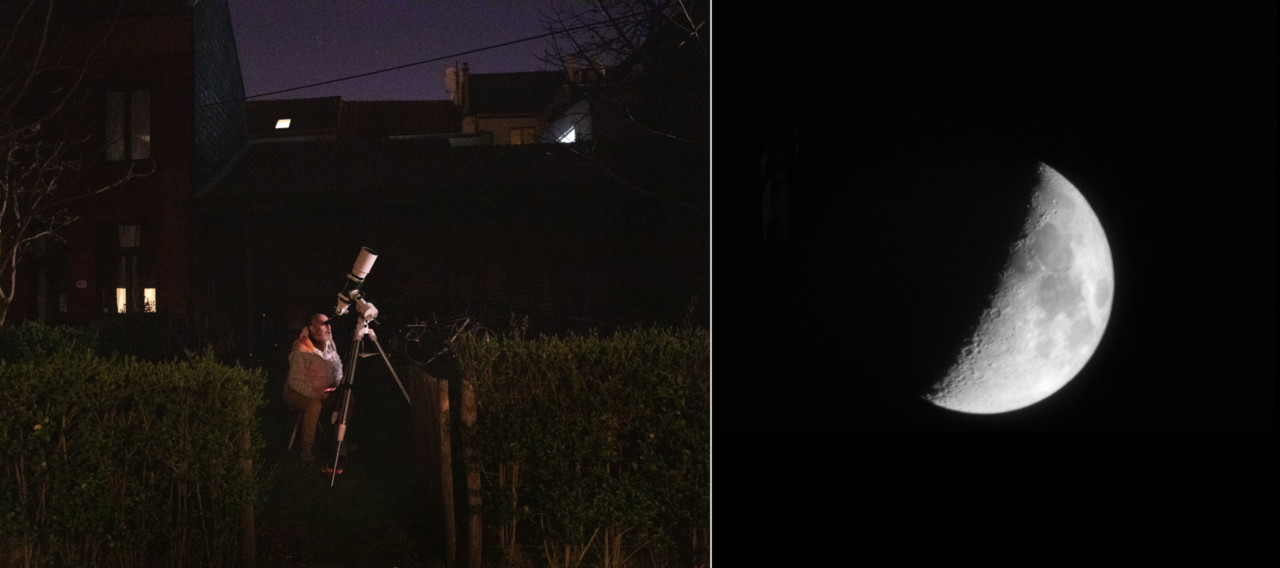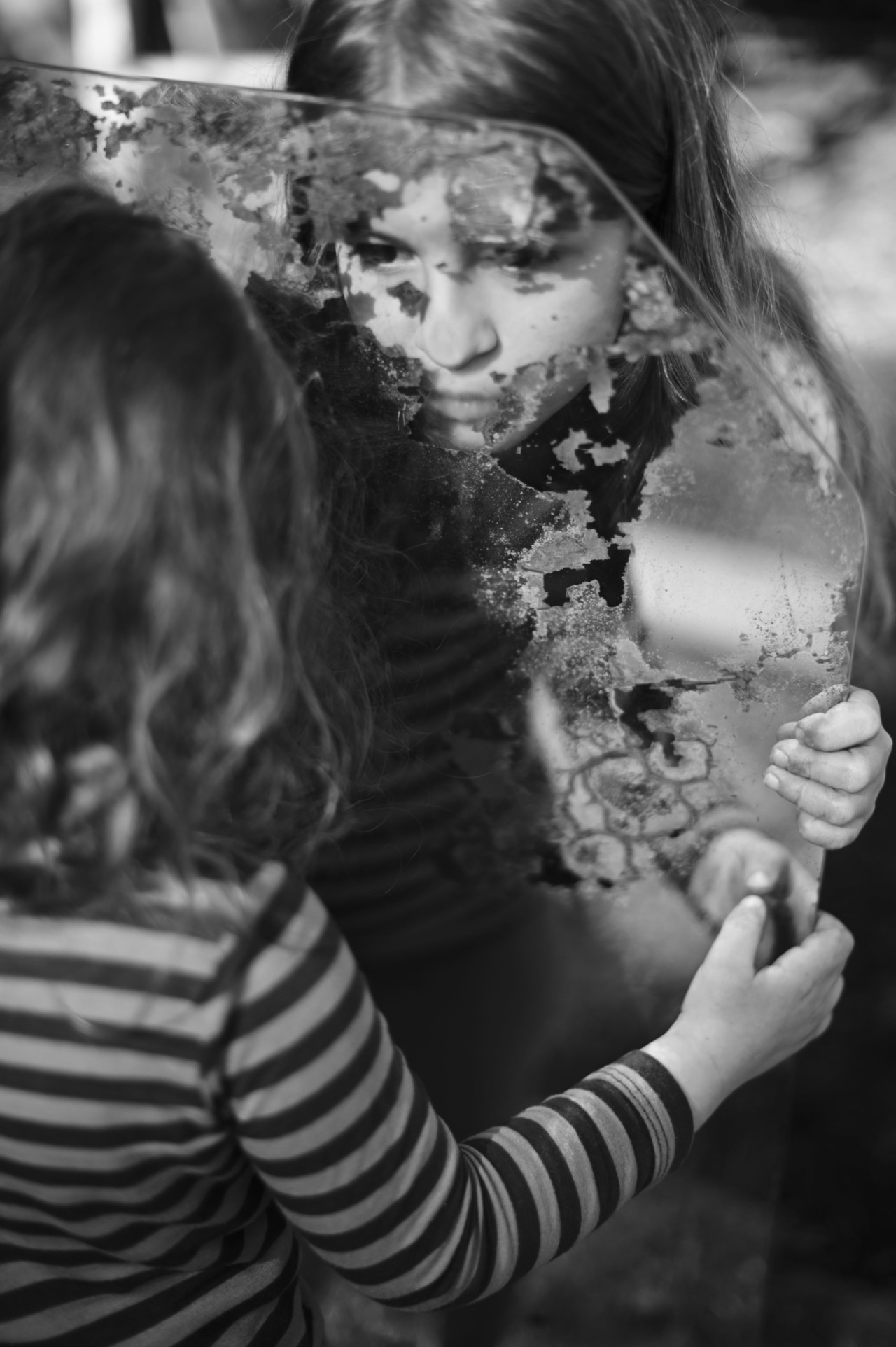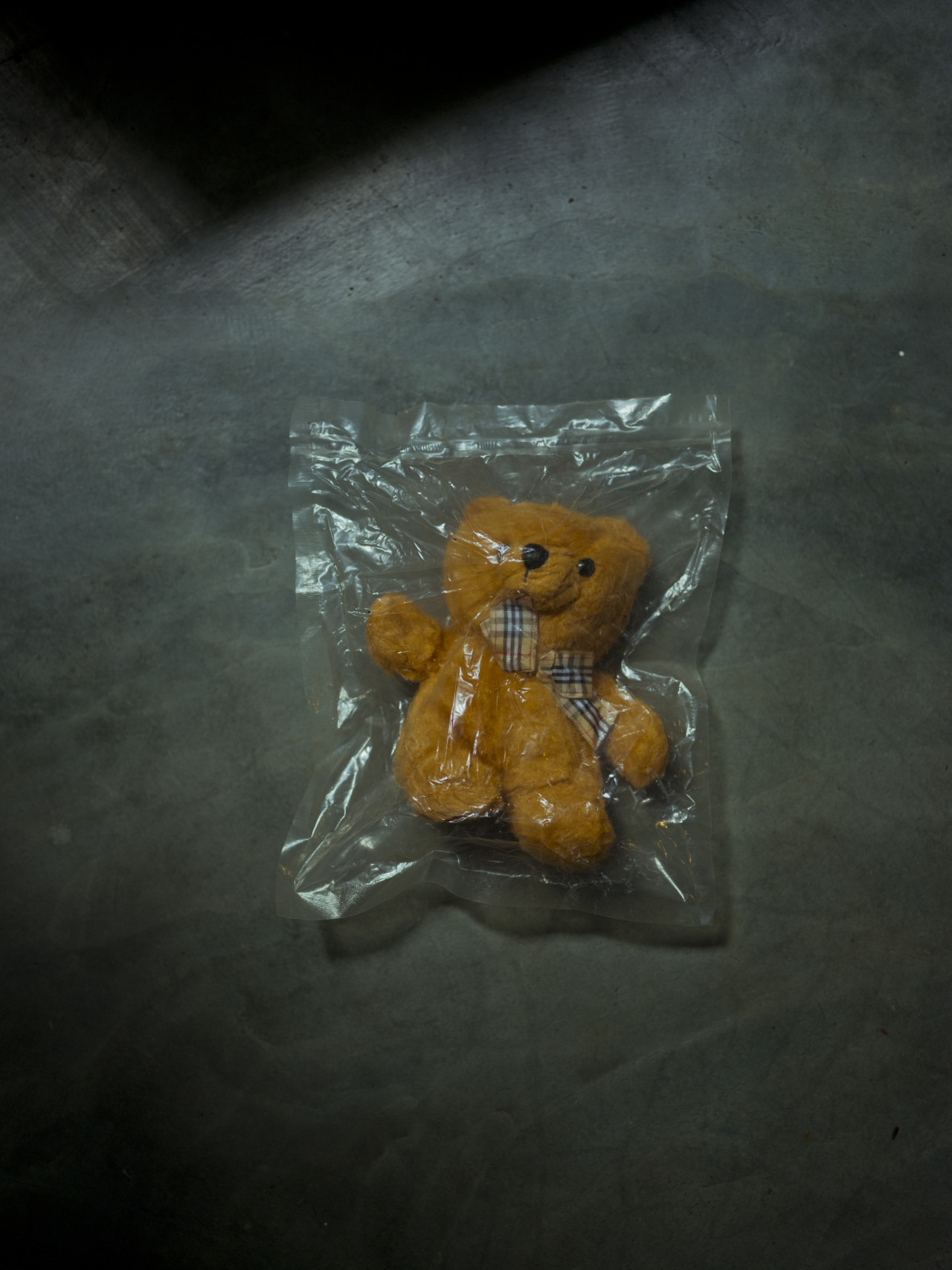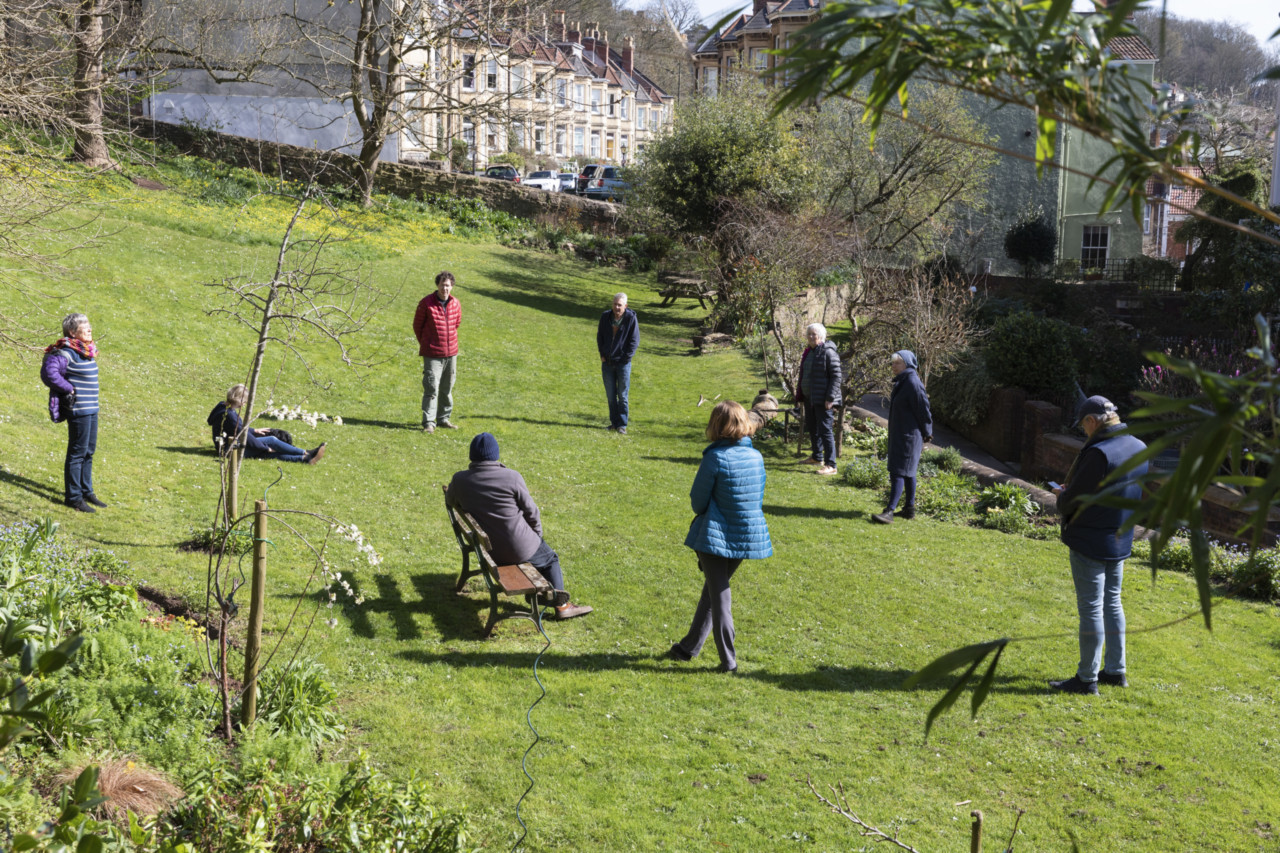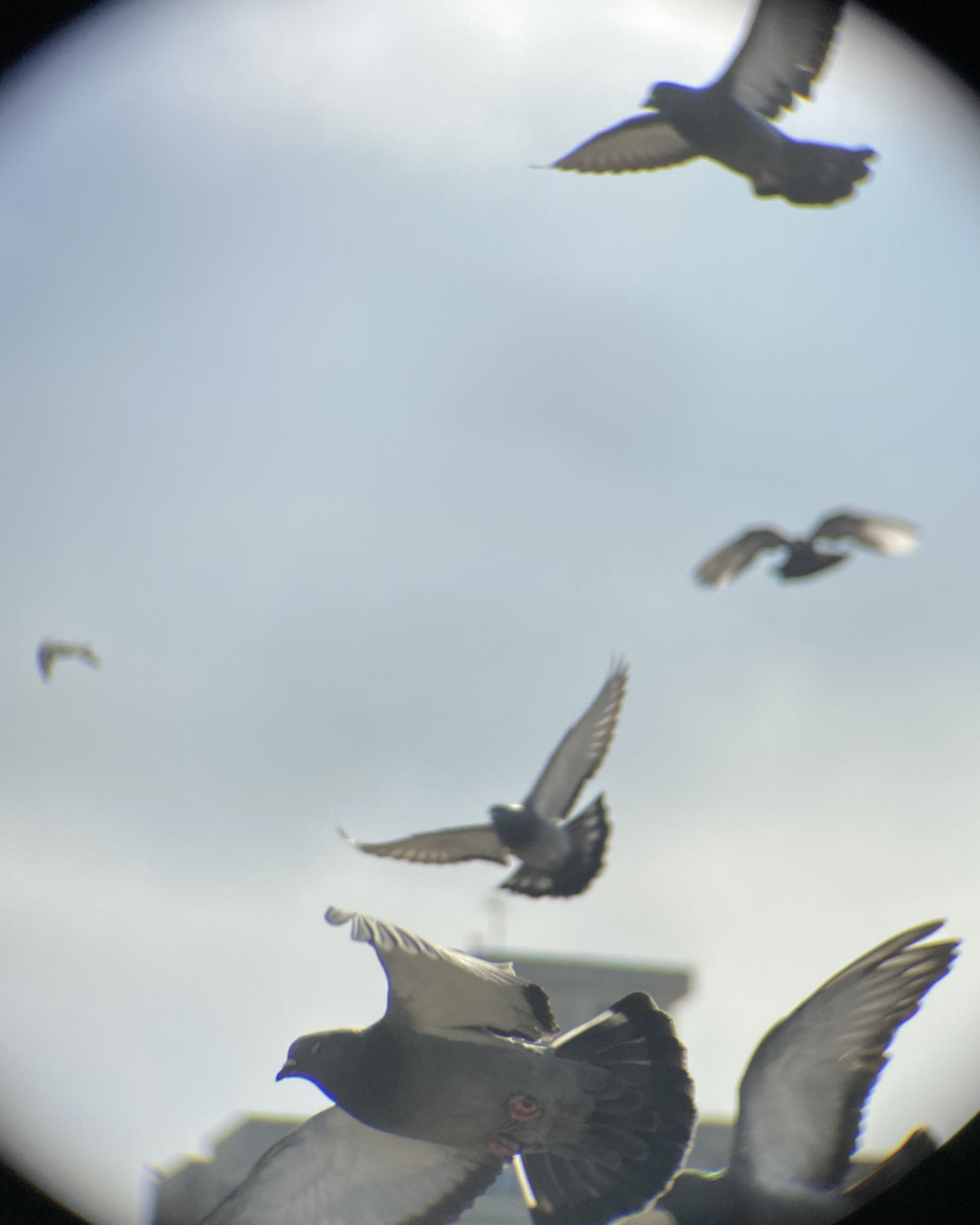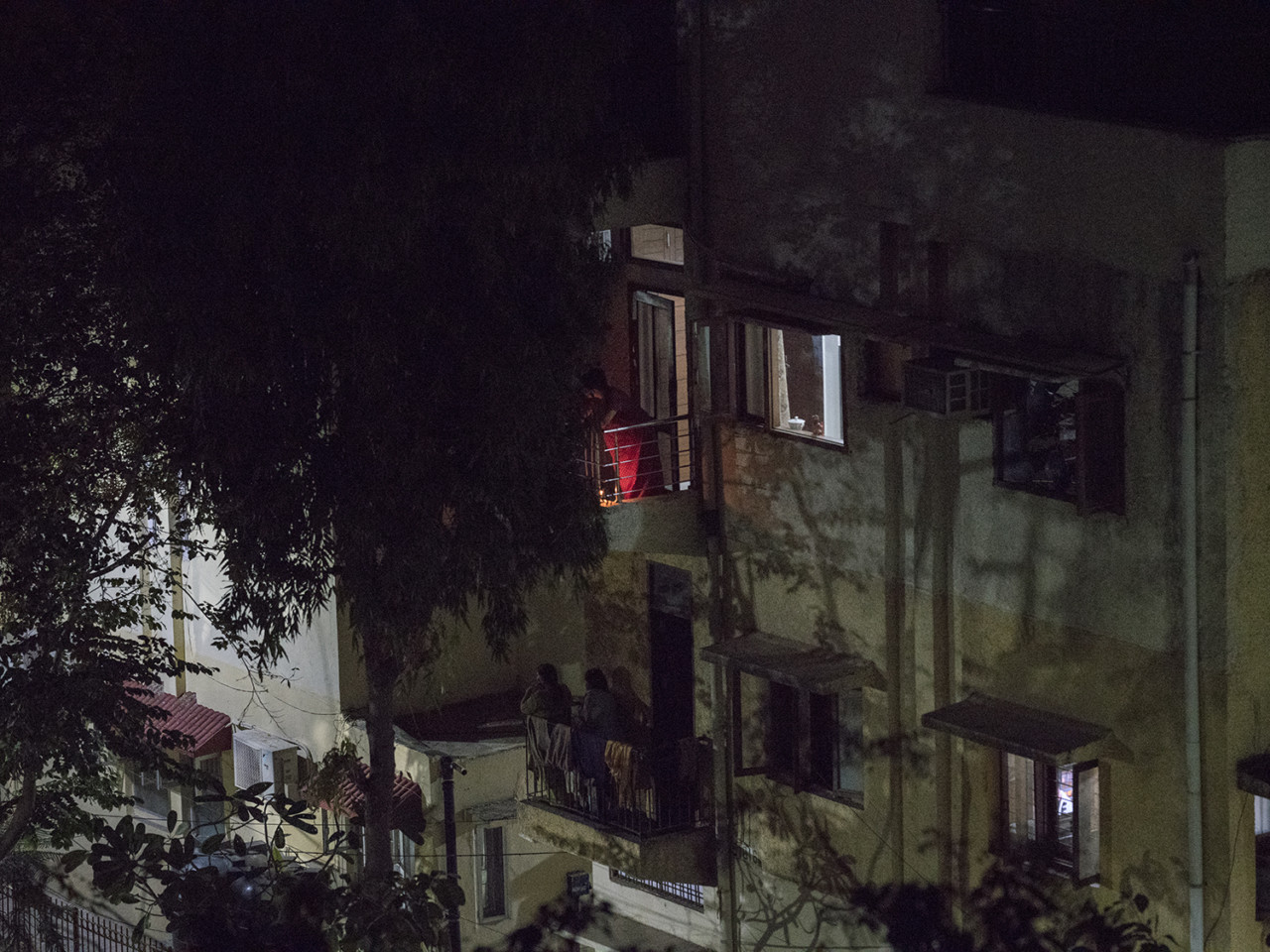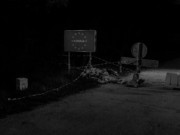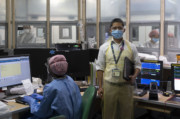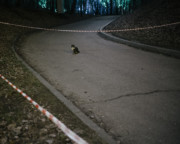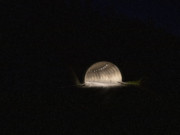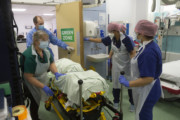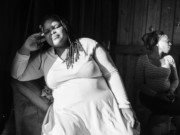Diary of a Pandemic: April 11, 2020
The third in a weekly series of curations of images made by Magnum photographers around the world, working and living under varying degrees of social restriction
The COVID-19 outbreak has seen most Magnum photographers restricted in their movements. As part of an ongoing photographer-led initiative, Magnum photographers are sharing information, updates, and new work made in these strange and difficult times.
Over coming weeks, we’ll be featuring edits of these images, selected by project leader Peter van Agtmael, alongside personal notes and reflections from Magnum photographers on how they are experiencing the unfolding situation. Van Agtmael’s selections will also include images incorporated into the ongoing collaboration between Magnum Photos and National Geographic which will bring readers a global look at how coronavirus is impacting the worlds these photographers see inside—and just outside—their windows. You can see the latest iteration of the collaboration here.
New work on the crisis will be shared daily through Magnum Photos’ Instagram feed and Instagram Stories takeovers.
Olivia Arthur
London, GB. 2020.
“Photographs of Mother’s day flowers taken around 10 am every day between March 23, 2020 and April 6, 2020.”
Emin Özmen
Istanbul, Turkey. April 1, 2020.
“I was walking near the Bosphorus, thinking that I’ve never felt that lonely in this city before, which is home for 16 million people. The crowd that I was complaining about was not here anymore; streets, buses, ports, boats were all empty. I started to see details I never noticed before, rediscovering my city. And I saw this incredible scene, thousands of jellyfish enjoying this quiet deep blue water of Istanbul.”
Nanna Heitmann
Moscow, Russia. March 26, 2020.
“Moscow is under complete lock-down. People are only allowed to walk to the supermarket or pharmacy and back. Many parks already closed some days before the quarantine started so people wouldn’t gather there, enjoying the first warm days of the year. Now only the cat can enjoy the empty and silent parks. Having grown up in the countryside I miss nature, the forest and fields more than ever in this huge city.”
Jérôme Sessini
Hometown. La Criquette. Raon l’Etape. Vosges. France. March 27, 2020.
Bieke Depoorter
Sint Amandsberg, Ghent. Belgium. March 31, 2020.
“Henk, who I crossed paths with last Sunday, while on my daily walk in my neighborhood. This moment struck me, the image I saw through the telescope made me quiet. The comfort of the cosmos. I have been feeling a bit disoriented in the past week(s), I guess I am always a little bit, but now it’s different. This virus strikes everyone in the world. Yes, we are in all of this together, but more than ever inequalities are visible. Stay home doesn’t have the same connotation to everyone. I can’t stop thinking about children who have to stay home in violent households for example, about refugee camps, people living in townships or slums or about the homeless. There is no way to escape these days. To be honest, I don’t know how to deal with all that. I can’t find the right balance between ‘finally’ resting (like everyone seems to be doing, if I can believe social media ), covering this special moment in time (like many colleagues are doing), continuing my personal projects (as I finally should have time for that), all those digital obligations that come now (assignments are stressing me out), endless reflecting (I can’t stop my mind), doing something useful (what does that mean?)… We are in quarantine, but most of the time I feel like I want to be even more locked up from all the stimulus from outside. But then I start to feel selfish and I want to do something.”
Gregory Halpern
Rochester, New York. USA. March 27, 2020.
Gregory Halpern documents his children during the coronavirus pandemic.
Cristina de Middel
Salvador. Brazil. March 29, 2020.
“Cuddling. Affection these days needs to re-invent herself. The language of affection is being dismantled and replaced by emojis and GIFs that we can safely send online.”
Lindokhule Sobekwa
Johannesburg, South Africa. April 6, 2020.
“Nature is a complicated term when it comes to Johannesburg, because there are not that many plantations in the township compared to the suburbs and that has to do with the small spaces people in the township occupy. In the surbubs people who live there have more space so they are able to have gardens in their yards. In the surbubs you find a lot of trees but in the township the most common plant you will find are roses and some other types of flowers. People also survive by planting different types of vegetables for food. Some also do the same to sell to the community. Growing up there were always some flowers that grew near a dumping site, that we used pick and play with.”
Carolyn Drake
Vallejo, California. USA. March 30, 2020.
“The sun came out one day and my partner and I packed up the camera gear and rode our bikes around to say hi to some friends in the neighborhood, trying to follow the 6 foot distance rule.”
Patrick Zachmann
Paris, France. April 2, 2020.
“Coronavirus crisis. Some volonteers of NGO Secours Populaire in the 18th district are distributing food to poor poeple around and in the North suburbs. Here in St Denis. Confined neighbours watching.”
Martin Parr
Bristol. England. GB. 2020.
“During the coronavirus outbreak. Practicing social distancing.”
Alec Soth
Minneapolis, Minnesota. USA. March 22, 2020.
“In Minnesota the winters are hard. This year the giddiness of anticipation for approaching spring has been replaced with dread of the coming viral surge. But I haven’t had a desire to take “serious” photographs of the state of affairs. My photographic disinterest reminds me of how I felt a few years ago on an African safari. Knowing I couldn’t contribute anything novel within this context, I put down my camera and simply used binoculars. I fell in love with the look of the circular view and ended up using my iPhone to take pictures through my binoculars. Over the last few weeks I’ve returned to this way of seeing the world. I’m not trying to make a great National Geographic picture, nor an important statement on the pandemic. I’m simply trying to savor the fleeting pleasures of looking in a time of profound unease.”
Sohrab Hura
Delhi, India. March 28, 2020.
“I live in a one room apartment on the terrace atop a residential building. Such rooftop apartments are called Barsati (derived from the word Barsat which means rain). It’s a very Delhi thing, this way of living, and it’s dying out slowly. Delhi was always known for its rooftop life. In some seasons, especially around August, you would see people flying kites from their rooftops, in the winter these spaces would have people soaking themselves in the sun. In the last few days with the lockdown, people have come up on the roofs again. I realised that I’ve been spending time here every day between 5pm and 7pm to catch the last of the light, the temperature at this time is quite pleasant and this is also an hour when people are usually out. In India most of the day people are inside their homes except in the winter and it is around this time of the evening that they go out for walks, jogs, to shop, and the usual daily routine. Since restrictions were put into place, people have started making their time on the roof a daily routine. A part of me feels like this work is about me and my rooftop more than anything else. I’m alone here. I feel curious about other people now that I’m not able to meet my friends etc. A part of me is also feeling a bit voyeuristic wondering from my rooftop if i can look into other people’s lives. I can sense that they are doing the same as well.”



